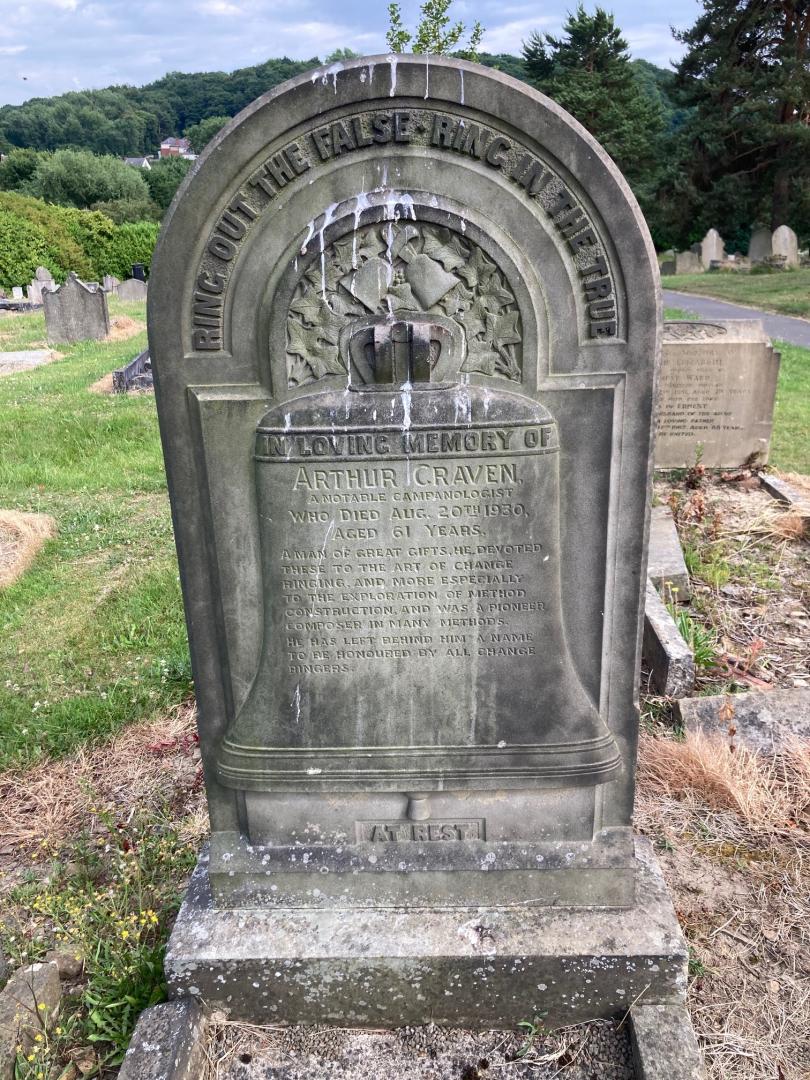The Ringing World had a stand at the Ringing Roadshow, and it was adjacent to my stand, so I had a good chance to look at what they were selling. One of the staff was Richard Smith, who I think is behind the methods and compositions in the Ringing World Diary as well as the Green Book and the Purple Book. He is also well-known as the developer of BellBoard. He drew my attention to the new volumes in the Criblines series - these are little books with method lines in them. One of the books covers Treble Dodging Royal, and Richard mentioned that the selection of methods had been influenced by my Ringing World articles on "Ideas for a Modern Surprise Royal Repertoire" (2022). The introduction to the book kindly credits my articles. On closer inspection, I found that all of the 20 methods that I wrote about in those articles are in the book. I can't claim complete credit, of course, because some of the methods I chose were already standard or becoming standard, but it is pleasing to see them in the book because I received very little response to the articles when they were published.
One of the methods is Ujay Surprise Royal, which is similar to Phobos Surprise Maximus but with a condensed frontwork; alternatively it could be described as Remus Surprise Royal with a frontwork based on wrong hunting. I was puzzled by the name, and even the pronunciation - is it "You-Jay" or "Oo-Jay"? When I spotted Ujay in the book I asked Richard if he knew where the name came from, as all I could discover from CompLib what that it was probably named by Rob Lee. According to Richard, the name is based on a comment that Jennie Town, a noted handbell ringer, never seems to change. Ujay therefore stands for "Unchanging Jennie". I haven't rung the method but I would like to try it one day.


